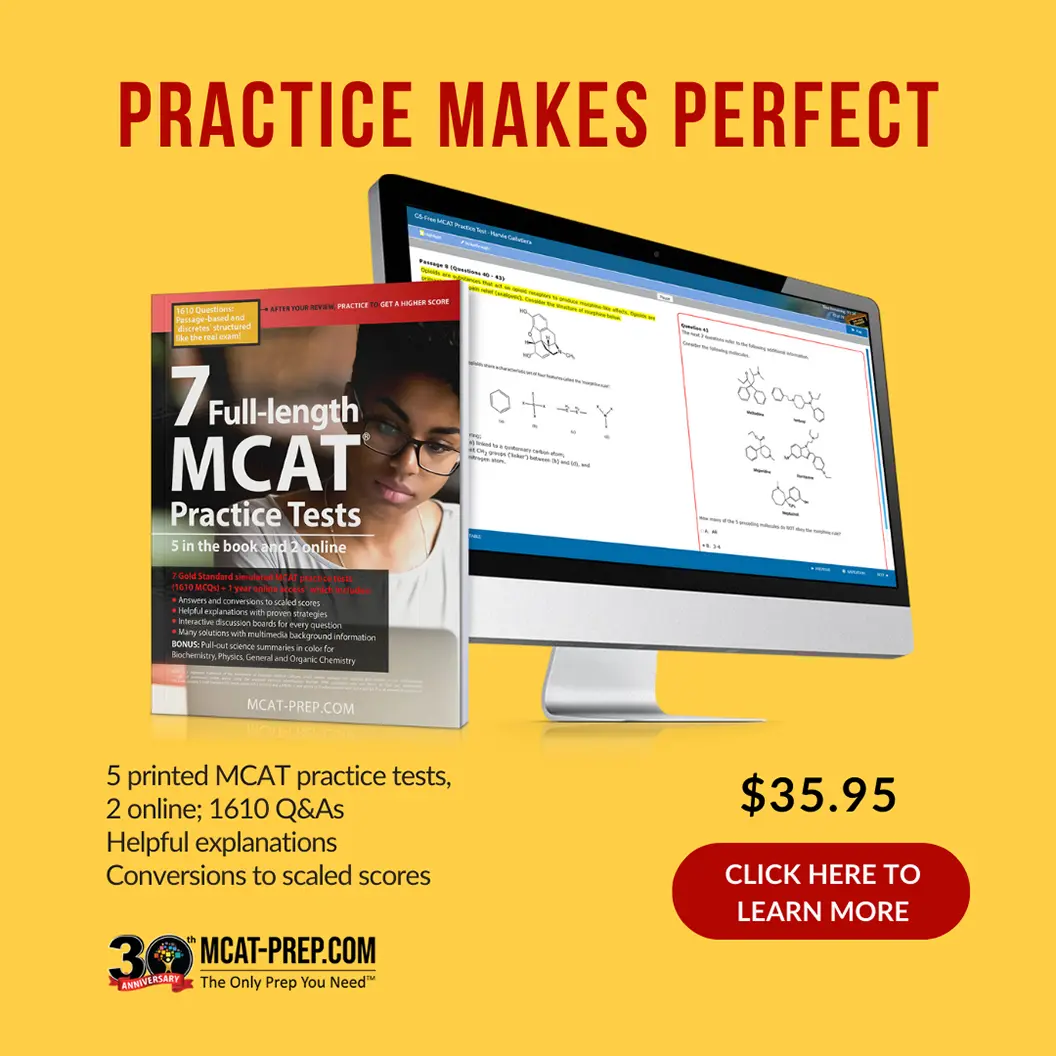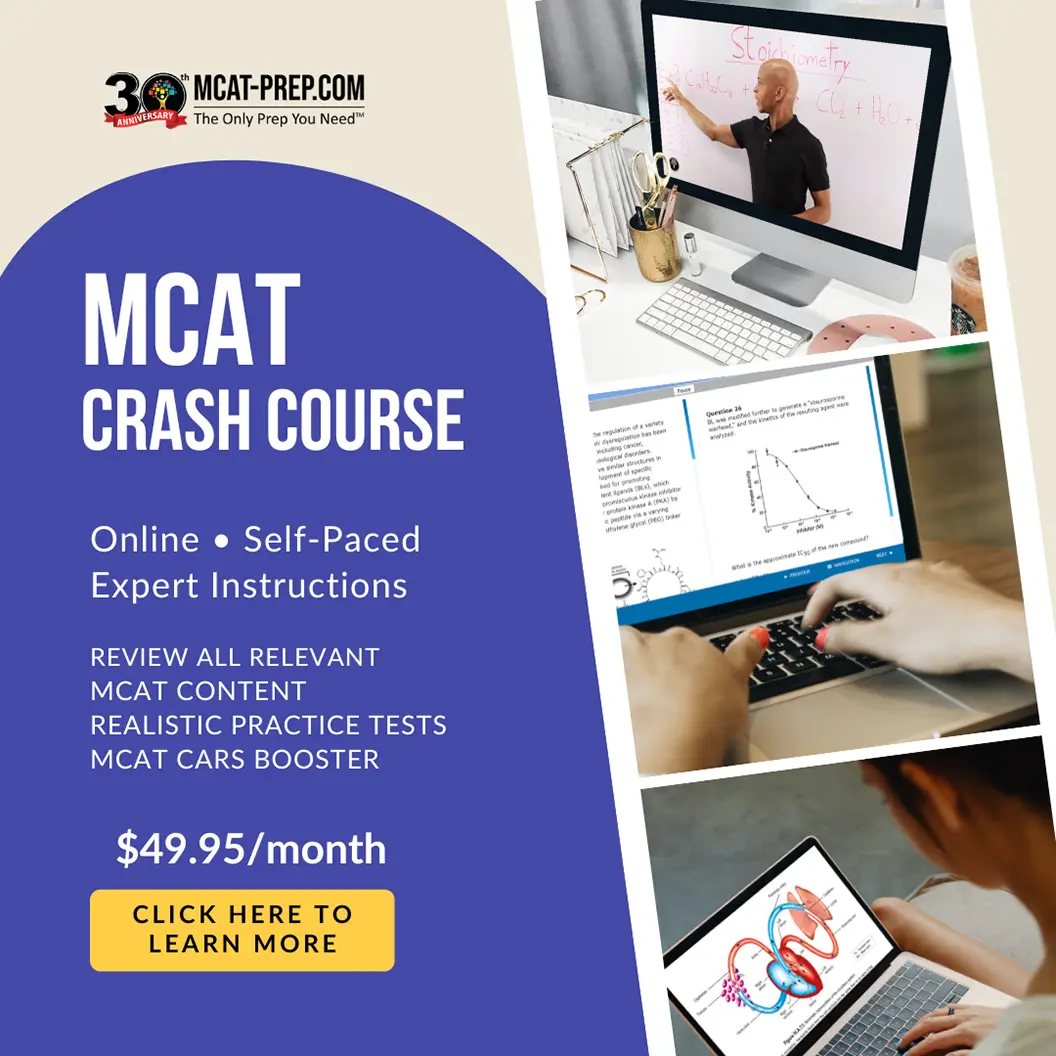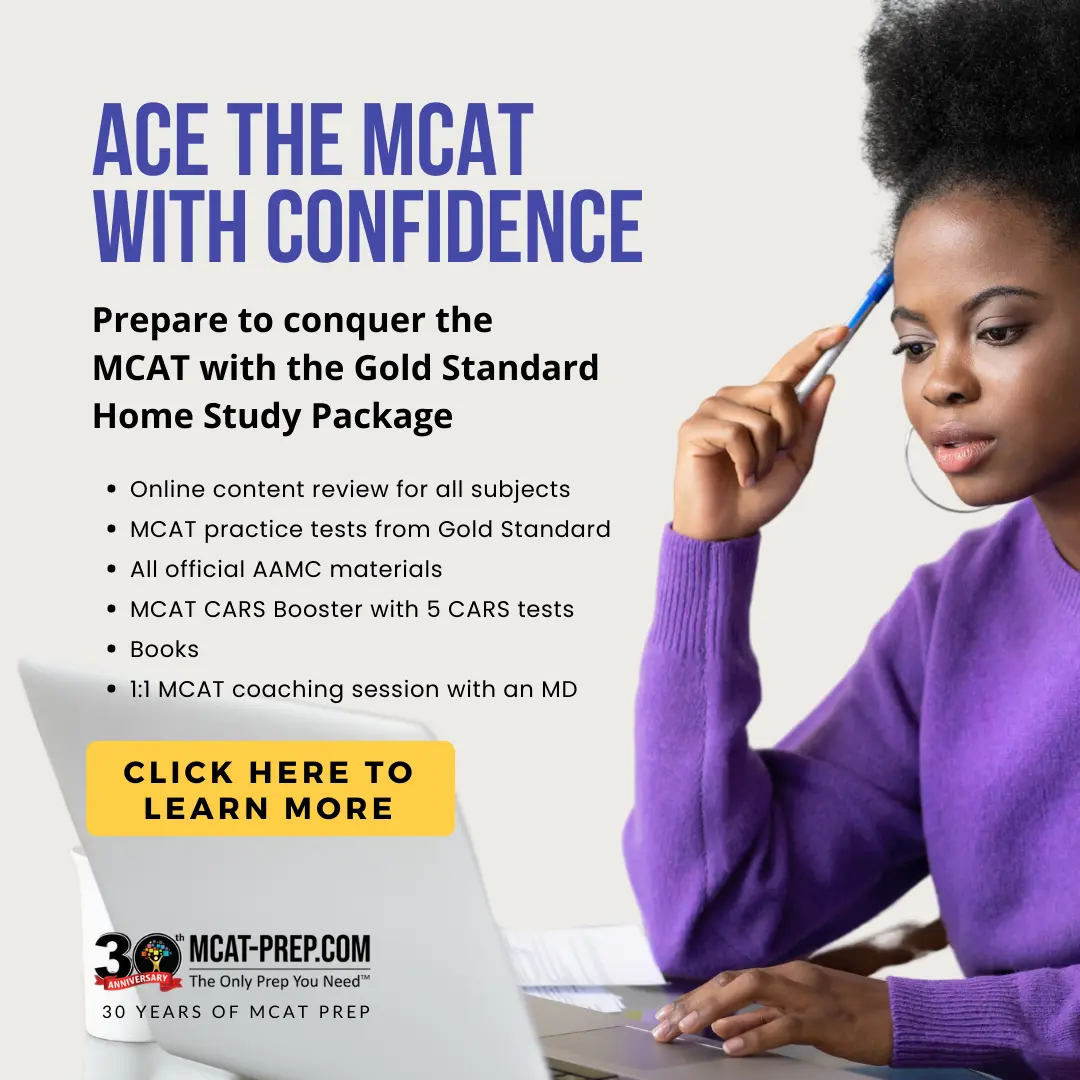Enhancing Your Pre-Med GPA: Efficient Studying and Study Aids
Enhancing Your Pre-Med GPA: Efficient Studying and Study Aids
- December 10, 2024
During the average school day, you can find time during breaks, between classes, and after school to quickly review your notes in a library or another quiet place. Using this available time can help you keep up-to-date with recent information. If you prefer to study at home, be sure to create an environment that is conducive to studying. This means studying away from ALL distractions including television and even family or friends.
While you should design a personal study schedule to meet your needs, as a rule, a certain amount of time should be set aside every evening for more in-depth studying. Then, reserve your time on the weekend for special projects (i.e. research papers, presentations, etc.) as well as reviewing your notes from the beginning.
Now, reviewing your notes from the beginning may sound either time-consuming or impossible! But the reality is just the opposite. After all, if you continually study the information, by the time mid-terms approach you would have seen the first lecture so many times that it would take only moments to review it again. On the other hand, if you had not been reviewing your notes regularly, it would be like reading that lecture for the first time.
Remember, studying should be an active process of memorizing and understanding a certain amount of material. Likewise, memorization and comprehension are best achieved via elaboration of course material, attention, repetition, and practicing retrieval of information. So, consider trying these tips for studying from your notes and study aids:
Studying from Notes and Textbooks
Successful studying from either class notes or textbooks can be accomplished in four simple steps:
- 1. Preview the material. Read all the relevant headings, titles, and subtitles to give you a general idea of what you are about to learn. After all, you should never embark on a trip without knowing where you are going!
- 2. Read while questioning. Sitting down to a book and just reading is known as passive studying. Passive studying can lead to boredom, lack of concentration, or even worse--difficulty remembering what you just read! Active studying involves reading while asking yourself questions such as: How does this fit in with the `big picture'? How does this relate to what we learned last week? What cues about these words or lists will make it easy for me to memorize them? What type of question would my professor ask me? If I was asked a question on this material, how would I answer? Etc…
- 3. Recite and consider. Hide your notes or textbook away while you attempt to recall the main facts. Once you are able to recite the important information, consider how it relates to the entire subject.
- 4. Jump the biggest hurdle first. If you ever sit down to study and you are not quite sure which subject to study first, always start with either your most difficult subject or the subject you like the least (usually they are one in the same!).
Developing Study Aids
The most effective study aids consist of mnemonics, flashcards, and practice exams. Follow these steps to make the most of them:
- 1. Mnemonics are an effective way to memorize lists of information. A great amount of information can be symbolized with a word, phrase, or sentence (i.e. LEO is A GERC = Lose Electrons is Oxidation is Anode, Gain Electrons is Reduction at Cathode). You can find many mnemonics with a simple internet search. However, creating your own mnemonic supports active studying.
- 2. Flashcards offer a convenient summary of information in a portable form that you can carry with you on the go. This study aid is perfect for memorizing formulas, vocabulary words, and even important mechanisms or diagrams. Flashcards are intended to not only “flash” information into your brain, but also promote further thought on course material. And again, the act of making flashcards qualifies as active studying!
- 3. Practice exams provided by your professors, campus library, or upper-level students are often old exams from previous sessions of a particular course. In other words, practice exams give you a good indication as to what material, question types, and exam format you can expect to see on the day of your real exam. This information will guide you in making the most of your study time as well as monitoring your progress level.
Bonus Tip: Set aside the practice exam to take one week before your real exam. Time yourself and take the exam in a distraction-free environment. This provides an ideal way for you to uncover unexpected weak points and formulate questions to ask your professor well in advance of your exam. Best of luck to you!




